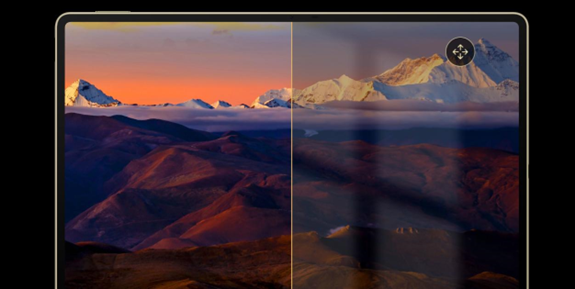Huawei
devices released since mid‑2019 no longer come with Google Mobile Services
(GMS). This means no Google Play Store, no Gmail app, no YouTube, and no Google
Maps installed by default. Users expect these features and may wonder how to
get a reliable experience without them. Fortunately, Huawei offers
alternatives, and third-party tools fill many gaps. You can still enjoy most
functions—email, navigation, media, social apps—without compromising security
or performance. This guide explains the best ways to how to use huawei without google, showing you practical tools and workflows that
mimic critical Google features.
Best Ways to
Use Huawei Without Google
Rely on
Huawei’s Ecosystem: HMS, AppGallery, and Petal
Huawei
Mobile Services (HMS) is Huawei’s alternative to Google's ecosystem. HMS
includes AppGallery, Petal Search, and apps like Petal Maps and Petal Mail.
AppGallery now features many mainstream apps, including TikTok, Snapchat, and
Microsoft Office. Petal Maps offers turn‑by‑turn navigation and live traffic
data. Petal Mail handles email with push notifications, calendar support, and
multiple account integration. Petal Search helps locate APKs from trusted
sources if an app is missing. Many developers now publish directly on
AppGallery. HMS runs smoothly on HarmonyOS or EMUI, giving you a native
experience without hacking or risky sideloading.

Use
Browser-Based Access for Google Services
You
can access Google services securely via any mobile browser. Use Huawei Browser,
Firefox, or Opera to visit Gmail, Google Drive, YouTube, and Google Docs. These
web versions support most key features and often work well as Progressive Web
Apps (PWAs) that you can add to your home screen.
Browser
access offers several advantages:
l No installation needed
l Always up to date
l No dependency on Google
Play Services
l Compatible with all
Huawei devices
For
users who only need occasional access to Google services, this method works
reliably.
Install
Virtual Android Environments: GSpace and Dual Space
Apps
like GSpace or Dual Space create a virtual layer on your Huawei phone that
emulates Google’s ecosystem. Within this environment, you can log in with your
Google account and install apps like Gmail, YouTube, Google Maps, and Drive via
a simulated Google Play Store. These apps offer near-native functionality. You
can receive notifications, run multiple Google apps, and access services that
depend on GMS. GSpace has become a popular workaround because it doesn’t
require rooting or unlocking the bootloader. However, performance may be
slightly slower and battery usage higher than native apps. Use caution:
sometimes apps crash, and updates may break compatibility. But for many users,
GSpace restores much of the Google experience without technical hassle.
Use
Alternative App Stores with Care
If
an app isn’t in AppGallery or GSpace, you can use verified third-party stores.
APKPure, Aptoide, and Amazon Appstore offer a wide range of Android apps. These
platforms work without GMS and help you install popular apps like WhatsApp,
Spotify, or banking apps. Always download from reputable sources and check file
integrity. Use mobile security tools or APK scanners to avoid malware. This
method gives you access to many apps not officially available on AppGallery,
but it requires caution.
Practical
Scenarios and User Tips
If
you rely on Gmail, Google Docs, or Calendar, access them through a browser or
virtual environments like GSpace. PWAs let you pin these tools to your home
screen for app-style use. Petal Mail covers email for daily use, while
Microsoft Outlook or other free email apps available in AppGallery handle
complex tasks for collaboration, Gmail web, and Docs support full editing and
sharing. You lose widgets and offline sync in most cases, but fundamental
functionality remains intact and secure. Google Maps isn’t available natively,
but you can still explore reliable navigation options. Petal Maps offers
offline maps, real‑time traffic, and lane guidance. Alternatively, use Google
Maps via browser or virtual app if needed. For basic directions, Petal Maps
often works better and integrates smoothly with the system. If you prefer
Google Maps features like Street View or saved locations, use browser access or
GSpace to access the full app version.

Conclusion
You
can fully use a Huawei device without Google Mobile Services. Huawei’s
ecosystem—HMS, AppGallery, and Petal apps—covers most daily needs. Browser
access offers safe and seamless access to Gmail, YouTube, Calendar, and Drive.
Virtual tools like GSpace bring app-style support for Google services without
rooting. Third‑party stores add access to apps that otherwise aren’t available.
Each approach comes with trade-offs. AppGallery and HMS offer security and
integration. Browser access offers reliability and ease. GSpace gives app-like
flexibility. Always use trusted sources and avoid risky sideloading. By
choosing the method that matches your habits and comfort level, you can build a
fully functional Huawei experience that works without Google—and still keeps
you connected, productive, and entertained.
